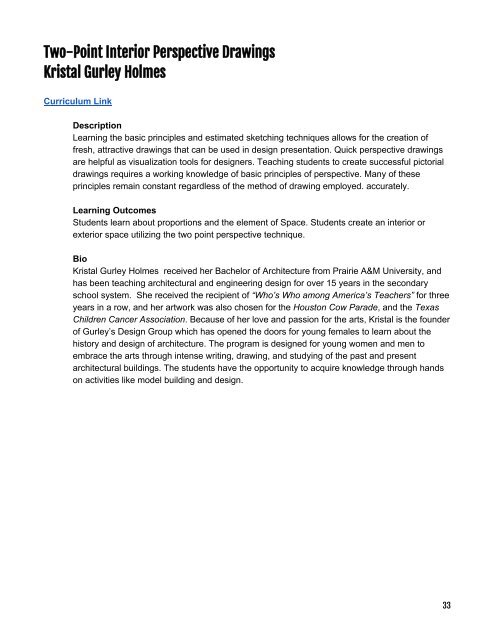AIC 2017 eBook
California Lawyers for the Arts (CLA) presented its second national conference, “Arts in Corrections: Building Bridges to the Future,” in collaboration with the William James Association and Loyola Marymount University (LMU) in Los Angeles from June 25-30, 2017. A total of 262 persons from 23 states and the United Kingdom participated in this professional development conference for arts organizations and artists who provide arts education for persons confined in correctional institutions and for those re-entering society. Campus housing and meals also provided a supportive environment for much needed mutual support and networking for this community of artists who often work in isolation in intense situations. In addition to stimulating keynote speakers, the conference showcased best practices from the field, including curriculum development and evaluation, provided opportunities for small groups to discuss discipline-specific and venue-specific issues, and offered art classes with 21 master artists. Please see the attached program guide for a complete list of activities and presenters' biographies as well as the separate course catalog that describes the master art classes.
California Lawyers for the Arts (CLA) presented its second national conference,
“Arts in Corrections: Building Bridges to the Future,” in collaboration with the
William James Association and Loyola Marymount University (LMU) in Los
Angeles from June 25-30, 2017. A total of 262 persons from 23 states and the
United Kingdom participated in this professional development conference for arts
organizations and artists who provide arts education for persons confined in
correctional institutions and for those re-entering society. Campus housing and
meals also provided a supportive environment for much needed mutual support
and networking for this community of artists who often work in isolation in intense
situations. In addition to stimulating keynote speakers, the conference
showcased best practices from the field, including curriculum development and
evaluation, provided opportunities for small groups to discuss discipline-specific
and venue-specific issues, and offered art classes with 21 master artists. Please
see the attached program guide for a complete list of activities and presenters'
biographies as well as the separate course catalog that describes the master art
classes.
Create successful ePaper yourself
Turn your PDF publications into a flip-book with our unique Google optimized e-Paper software.
Two-Point Interior Perspective Drawings<br />
Kristal Gurley Holmes<br />
Curriculum Link<br />
Description<br />
Learning the basic principles and estimated sketching techniques allows for the creation of<br />
fresh, attractive drawings that can be used in design presentation. Quick perspective drawings<br />
are helpful as visualization tools for designers. Teaching students to create successful pictorial<br />
drawings requires a working knowledge of basic principles of perspective. Many of these<br />
principles remain constant regardless of the method of drawing employed. accurately.<br />
Learning Outcomes<br />
Students learn about proportions and the element of Space. Students create an interior or<br />
exterior space utilizing the two point perspective technique.<br />
Bio<br />
Kristal Gurley Holmes received her Bachelor of Architecture from Prairie A&M University, and<br />
has been teaching architectural and engineering design for over 15 years in the secondary<br />
school system. She received the recipient of “Who’s Who among America’s Teachers” for three<br />
years in a row, and her artwork was also chosen for the Houston Cow Parade, and the Texas<br />
Children Cancer Association. Because of her love and passion for the arts, Kristal is the founder<br />
of Gurley’s Design Group which has opened the doors for young females to learn about the<br />
history and design of architecture. The program is designed for young women and men to<br />
embrace the arts through intense writing, drawing, and studying of the past and present<br />
architectural buildings. The students have the opportunity to acquire knowledge through hands<br />
on activities like model building and design.<br />
33


